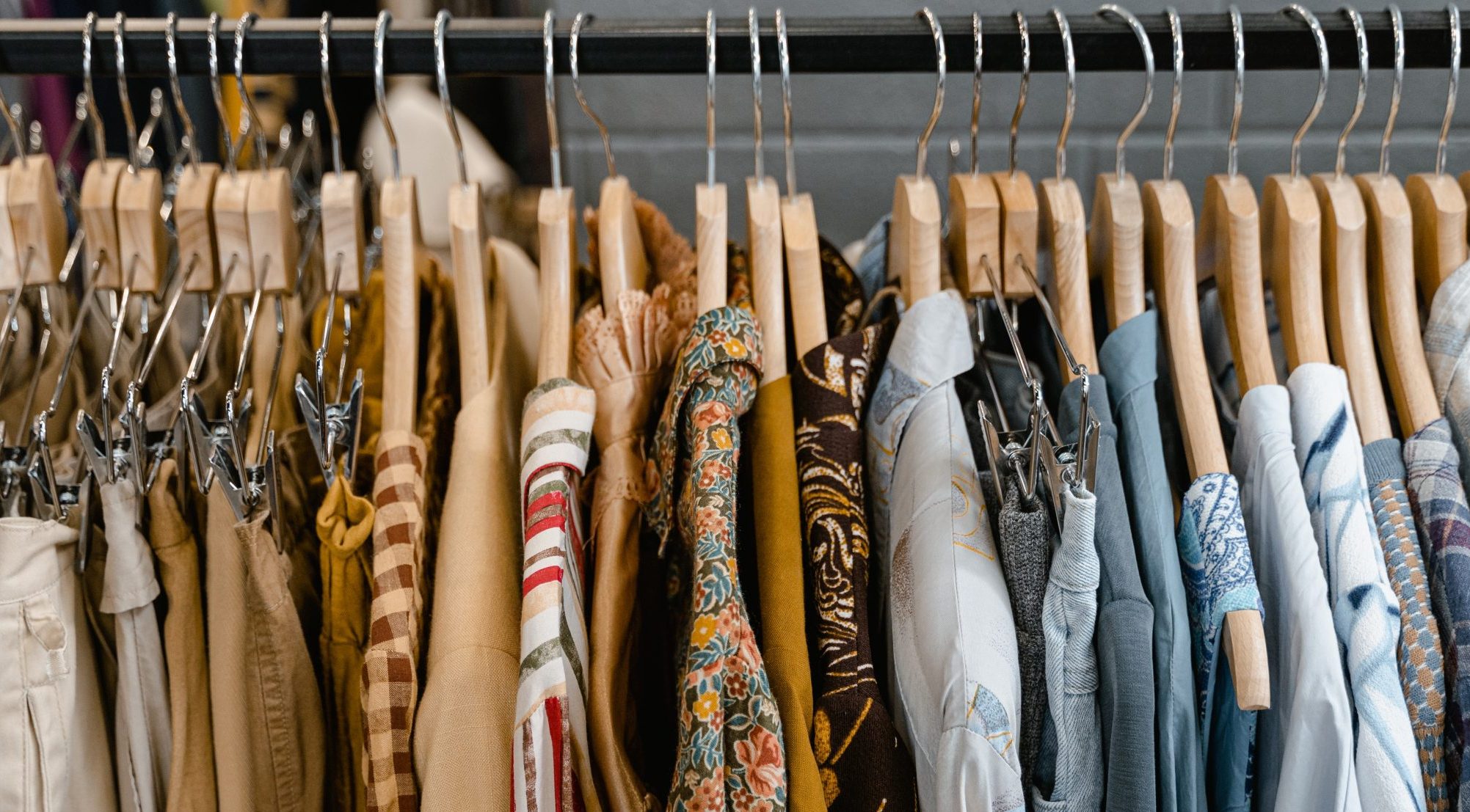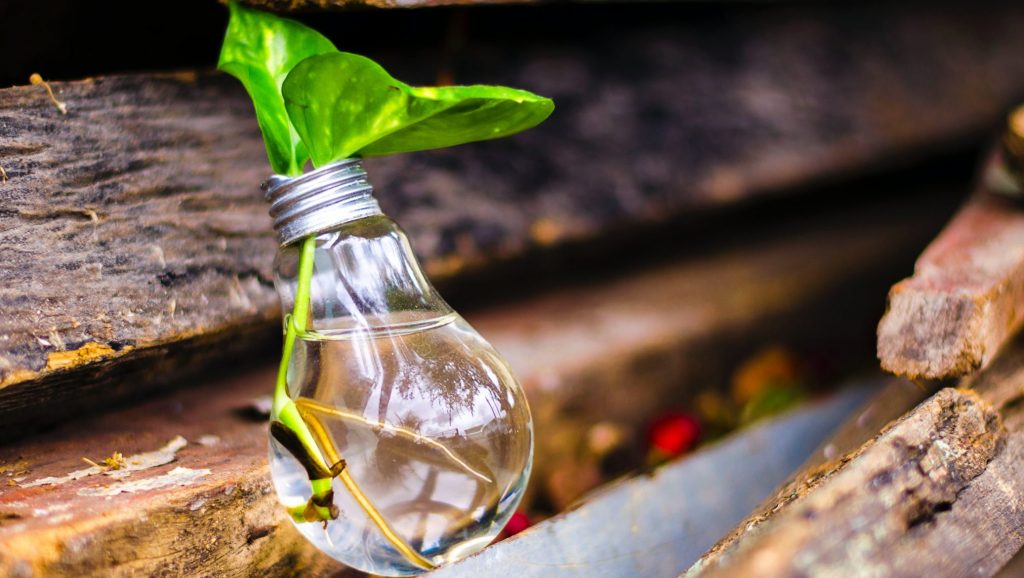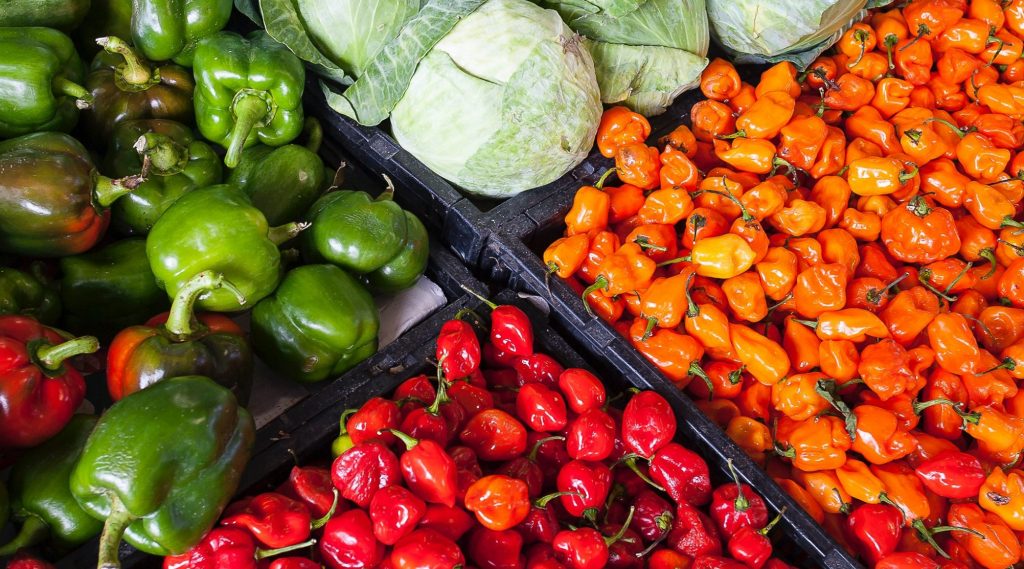 Global textile production emits 1.2 billion tonnes of greenhouse gases annually, more than international airline flights and maritime shipping combined.
Global textile production emits 1.2 billion tonnes of greenhouse gases annually, more than international airline flights and maritime shipping combined.
The industry already uses more than 79 billion cubic meters of fresh water per year, and that is projected to increase by 50 percent in 2030, according to the Pulse of the Fashion Industry report by the Global Fashion Agenda and Boston Consulting Group. It also said 20 percent of global freshwater pollution is due to textile treatment and dyeing.
In August, multinational clothing companies including Chanel, Ralph Lauren, Prada, H&M and Zara announced the Fashion Pact initiative to combat greenhouse gases. The pact promotes “leather” made of discarded grape skins, spider silks to replace nylon, water-saving fabrics grown from bacteria, reduction of carbon emissions by 30 percent by 2030 and other environmentally friendly practices.
Slow Fashion
“We looked at the entire supply chain and realized that sustainable fashion comes from reducing consumption and minimizing waste,” says Norhan Sakkout, an Egyptian designer, entrepreneur and Chevening scholar with a master’s degree in Creative and Cultural Entrepreneurship in Fashion from Goldsmiths, University of London.
Sakkout runs her eponymous label that promotes capsule wardrobes. The idea is that nobody needs more than 30 pieces of clothing, footwear and accessories, all of which should be versatile. “I create timeless pieces that last, based on high quality, versatility and durable design to the extent that you can pass it down for generations and not have the clothes end up in landfills.”
The garments in her latest collection are modern iterations of classics like blazers and form-fitting pencil skirts with an oriental flair inspired by Egyptian architecture in all its facets from Pharaonic to Islamic.
Perihan Abou Zied, also a Chevening scholar and graduate of Goldsmith’s, established PAZ-Cairo in 2016 “to make traditional artisanship more accessible and adaptable to modern lifestyles, while empowering marginalized communities and the unemployed.”
Abou Zied describes her products as slow fashion in line with her emphasis on high quality, environmental responsibility and fairness for both consumers and producers.
In 2013, Abou Zied established Thaat, an award-winning social business that operates a mobile school of crafts aimed at empowering and training artisans that specialize in the talli and mansag techniques of embroidery used in the Upper Egypt communities of Sohag, Assiut and Aswan.
Abou Zied’s vision for Thaat draws inspiration from traditional kaftans. “I have always been drawn to how the galabeya and kaftan flow and move,” she says, “how elegant and flattering they are, yet so simple to wear.” She believes the “slow” production of handmade garments encourages sustainability and a traditional approach, which are the core tenets of PAZ-Cairo and Thaat.
Abou Zied has launched a line of handwoven linens that sources up to 90 percent of raw materials locally and operates under a zero waste strategy, where all leftover textiles are repurposed.
Ali El Nawawi, a 37-year-old physician by training who co-founded Scarabaeus Sacer with his wife May Kassem, says his premium ethical streetwear brand produces T-shirts using 100 percent organic Egyptian cotton from fields that save at least 20 percent more water than local industry standards and absorb an average of 3 tonnes of carbon dioxide per hectare per year.
“We use no plastic; our dyes and inks are 100 percent Global Organic Textile Standard certified and packaged with recycled materials. There is no animal testing, no GMOs, and we manufacture our garments under fair conditions giving farmers fair wages,” says Nawawi, whose T-shirts retail for $60 to $70.
Believing this is the “only way forward,” Nawawi joined the Fashion Revolution initiative, an NGO campaigning for climate-friendly industry reform that was created in 2013 in response to the Rana Plaza disaster in Bangladesh.
 Fashion Revolution
Fashion Revolution
Nawawi struggles against widespread misperceptions about sustainable and eco-friendly fashion in Egypt and Gulf countries. “It’s an ongoing challenge to integrate with established retailers and appeal to mainstream consumers,” he says. “We are trying to show that you can still be hip and trendy and not cause damage to the environment.”
Globally, the fashion industry is exploring fabrics made from natural materials such as hemp, linen, pineapple and orange peel, as well as using recycled materials for packaging and eco-friendly methods of delivery.
Rania Rafei is the 28-year-old co-founder of startup brand UpFuse, which manufactures eco-friendly bags, backpacks and laptop cases. UpFuse was born “when we were wondering why there was so much plastic bag waste no one was doing anything about,” says Rafei. “We just wanted to create items that look good and do good at the same time.”
Sakkout says the government is initiating programs to gradually eliminate plastic bags in some governorates. “This is a positive move,” she says. “I believe it is gathering momentum in more governorates and eventually will cover all environmentally damaging industries.”
This year, Egypt also joined the Better Cotton Initiative, a nonprofit that promotes high standards in cotton farming and practices in 21 countries. As of 2017, BCI accounted for 14 percent of the world’s cotton production.
Specific regulations to require sustainability in the textile industry have yet to be drafted by parliament, but the government is working with the U.N. Industrial Development Organization to promote planet-friendly agricultural practices in cotton production. Those include fair labor standards and compensation, ending child labor, efficient use of water, caring for the health of soil and natural habitats, minimizing the impact of harmful crop protection practices and preserving fiber quality.
“Much more can be done, such as legalizing the cultivation of hemp, which uses much less water than cotton and is taking the fashion industry by storm in other parts of the world,” says Nawawi. “We are taking baby steps as a country, but we are very optimistic we will catch up with global eco-friendly trends for the clothing industry.”
Rafei of UpFuse notes that while the government has made its only foray into environment protection by trying to address the issue of single-use plastics, there is still no awareness of promotion activities related to sustainable textile practices.
“Eventually, it will pick up as a trend from the West, but I believe it will remain in the upper-class niche market [for the foreseeable future] since at the end of the day the consumer needs to be able to afford to buy these better, longer-lasting items,” says Rafei.
Financial Sustainability
A significant obstacle for up-and-coming designers is the expense of going green. “It is definitely more time consuming and costly,” says Abou Zied. “Sustainability is partially about attention to detail and quality with smaller quantities, while maintaining a manufacturing process that manages to minimize and reuse waste.”
Sakkout agrees: “Sustainable products are more costly to produce because we use high-quality, more expensive materials, slower processes that require more time and labor hours that need to be fairly compensated.”
Producing “green” or adopting sustainability practices is admittedly more costly throughout the supply chain, according to Nawawi, from planting organic cotton to making and dyeing the fabric to producing the garments. He says, “using recycled materials for packing is also more expensive than non-recycled and finding creative ways to replace plastic at all steps of our production has been a real and costly challenge for him and many other fledgling fashion houses hoping to advance an eco-friendly ethos while being financially sustainable.”
Though high production costs temper profit margins for Scarabaeus’ T-shirts, Nawawi and others are confident that “as we move forward and our brand grows we will naturally find ways to decrease production costs and cut our lead time.”
 Trending Up
Trending Up
Abou Zied believes labels that contribute to environmental, social and cultural sustainability are gaining momentum globally. “There is a growing number of our target markets locally and regionally that are more interested in sustainable and slow fashion,” she says. “Many of our clients ask about the source and means of production of our textiles and whether they contain mixed or natural fiber.”
“The fact that more and more consumers, industry players and governments are increasingly concerned about sustainability is going to keep this movement growing,” adds Sakkout.
“There is a market out there both globally and locally that is willing to pay a premium to be part of something meaningful,” says Nawawi. “The conversation has shifted from simply ‘let’s recycle’ to ‘let’s reduce our consumption,’ which calls for a paradigm shift.”
Sakkout is buoyant about long-term prospects for sustainable fashion in Egypt. “I am optimistic because it is within our nature and cultural heritage to live and consume more responsibly, especially if you look at the history and origins of our handicrafts.” She also sees an intrinsic benefit by working in an emerging market, since sustainable practices also address poverty and pollution.
El Nawawi concurs that such progress, first and foremost, hinges on sales. “Building awareness about the harms of fast fashion on the planet and the individual, and teaching consumers that minimalism is best would go a long way to promote this industry in Egypt.”
Circular Design
Talking to industry insiders, the concept of circular design frequently comes up. “Circularity means not putting an end to the things you use,” says Margherita Missoni, heir to her family’s high-end Italian fashion house. “In the last few years, fashion has woken up. We’ve become aware of how aggressive the industry is and the impact our actions have, both individually and as institutions. Still, there is a lot more to do.”
Sakkout believes there can be multiple ways of approaching sustainability. “We believe in an entirely new system. Currently, businesses that are using recycled material sometimes face the problem of actually finding enough of it, and you always have the risk of it turning into a commercial vortex as well,” says Sakkout.
“We mostly use locally produced material, including our line of hand-loom textiles sourced from both Egypt and India,” says Thaat founder Abou Zied “It is a commitment that we cherish, combining both the design and social aspects while creating a dialogue, a form of fruitful interaction with our local communities on which we aim to expand.”
Saqhoute operates under similar ethics that aim to advance a business model centered on circularity of the design process. “We make sure to collect all of our fabric waste to donate to NGOs, startups and design studios, thereby creating a closed-loop cycle,” says Sakkout. “We rely mostly on sourcing fabric locally to help support job creation and encourage textile manufacturing facilities, yet we keep an eye out for more eco-friendly material and incorporate it in our products such as wool, cotton, and linen.”
As advocates of circular design, many young Egyptian entrepreneurs support consuming less, redesigning or repurposing old clothing, disposing of items responsibly, supporting sustainable brands, holding the industry accountable and eventually translating these actions into areas beyond apparel.
“The goal is to empty thousands of landfills littered with scraps from fast fashion and big brands that have no sustainability practices in place,” says Nawawi. “There is tremendous opportunity for sustainable fashion in Egypt since there is not a lot being done with it.”
Still, fashion all over remains as centered on marketing, trends and image as it is on clothing itself. As long as there is a market for fashion, any strategy of sustainability that is to have longevity will require making environmentally friendly clothing as ethically and aesthetically desirable as mass market and fast fashion alternatives.







